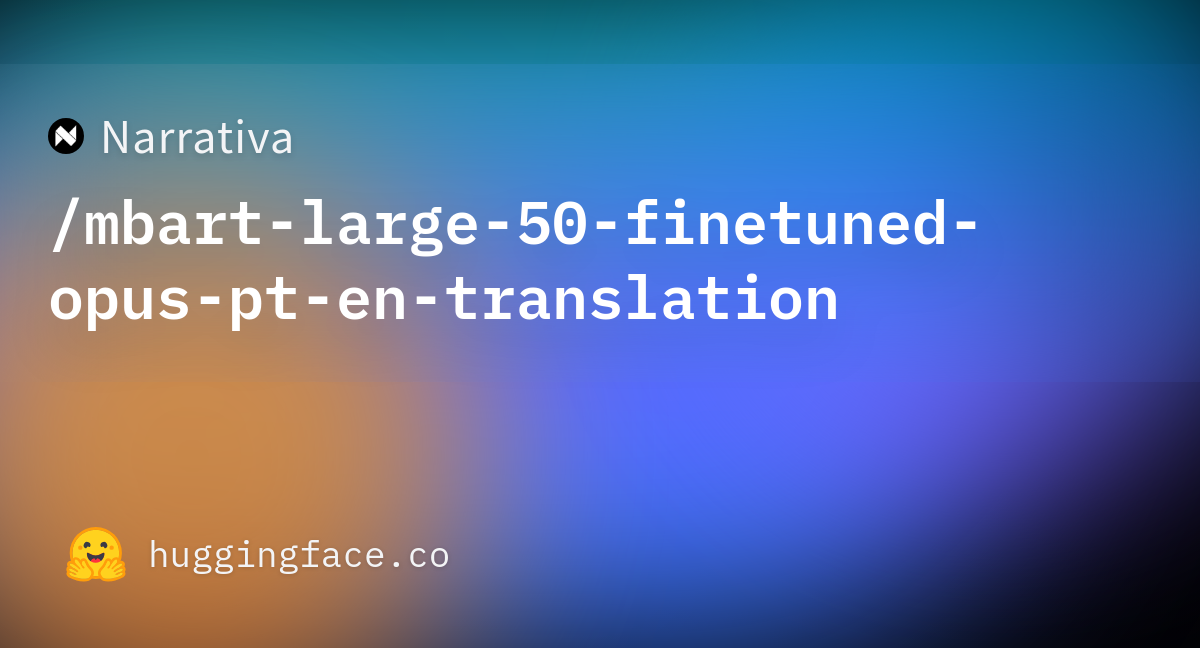

Here's a simplified example of how it all works together.
HUGGINGFACE FINETUNE FULL
Using it, each word learns how related it is to the other words in a sequence.įor instance, in the text example of the previous section, the word 'the' refers to the word 'moon' so the attention score for 'the' and 'moon' would be high, while it would be less for word pairs like 'the' and 'over'.įor a full description of the formulae needed to compute the attention score and output, you can read the paper here. The defining characteristic for a Transformer is the self-attention mechanism. Transformers are a particular architecture for deep learning models that revolutionized natural language processing. Now what? How will it make sense to a machine? Enter transformers. Great, now our input text looks like this: Here's a link to the paper for WordPiece and BPE for more information.

Subword tokenization algorithms most popularly used in Transformers are BPE and WordPiece. The two hashes before town is necessary to denote that "town" is not a word by itself but is part of a larger word. for subword tokenization, frequent words would remain the same, less frequent words are divided up into more frequent words like here the rarer word "laketown" is divided into words that occur more frequently – "lake" and "town".for character tokenization, we would represent it as a list of component characters like.There are different ways we can tokenize text, like:įor example, consider the text below The moon shone over laketown Large blocks of text are first tokenized so that they are broken down into a format which is easier for machines to represent, learn and understand. Tokenization is the process of breaking up a larger entity into its constituent units. Let's go! A brief overview of Transformers, tokenizers and BERT Tokenizers

I was able to create this model as a side project and share it at, thanks to the wonderful resources which I am linking below:
HUGGINGFACE FINETUNE HOW TO


 0 kommentar(er)
0 kommentar(er)
